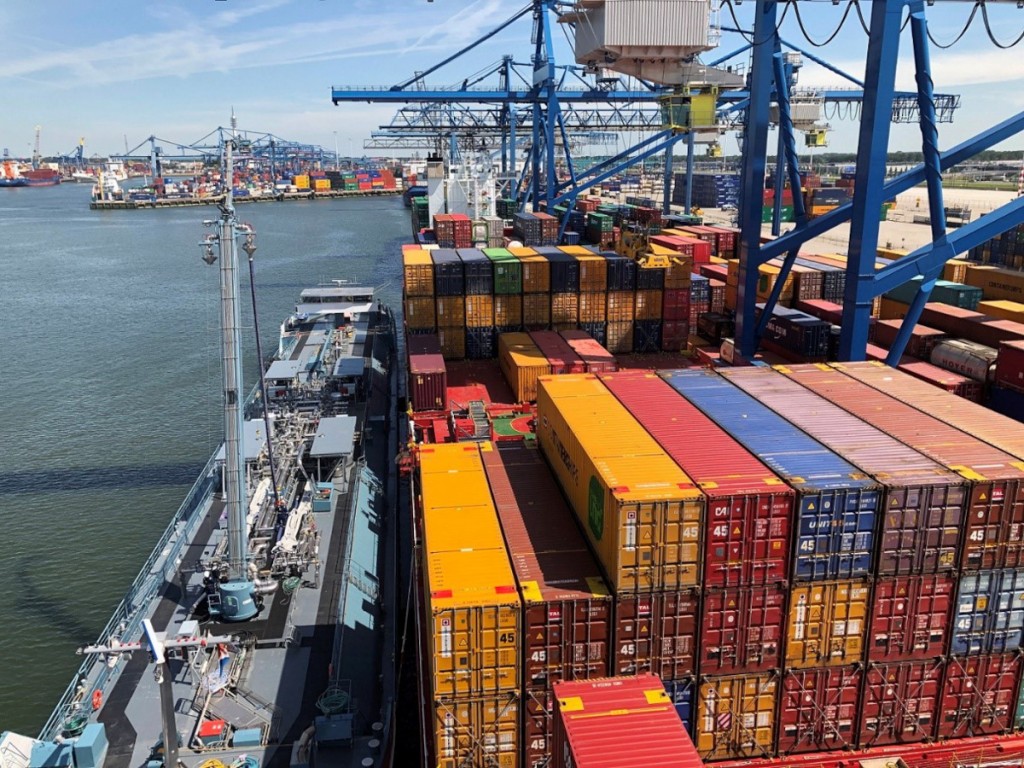It looks like a cuddly character in a children’s television show — messy blue hair, googly eyes, thick mitts for hands. Known to some Europeans as the Dutch government’s Brexit monster, the furry face of nuisance resurfaced this week as the Port of Rotterdam braces for whatever happens when Britain leaves the European Union.
Europe’s busiest port is distributing 25,000 of its “Get Ready for Brexit” pamphlets heading into the Oct. 31 deadline explaining to truck drivers how to avoid bottlenecks. On the leaflet, the creature is sitting on a gate, blocking a trucker who looks annoyed at the staged delay. But the time for pretending is running out, and Rotterdam will be a closely watched link in the supply chain to gauge how disorderly trade becomes post-Brexit.

Given what’s at stake and the political variables along the way, the Dutch approach over the past few years has been to “hope for the best but prepare for the worst,” port spokesman Leon Willems said. He says Rotterdam has taken steps to handle the realities that Brexit is about to throw at them:
- Rotterdam is using a mandatory I.T. system called Portbase for companies to notify officials of their shipments in advance. About 82% of EU-U.K. cargo volume is registered to be handled on the system.
- For truckers who arrive without pre-clearance, Rotterdam is opening up contingency parking spaces for as many as 800 vehicles, with road signs in eight languages and bathroom facilities. If they’re not cleared within 24 hours, they’ll be sent away.
Brexit has already caused some disruption at Rotterdam, according to the port’s third-quarter report released on Monday. Heading into the initial Brexit date of March 29, supplies were stockpiled. Then, when the date changed to Oct. 31, volumes fell from April through August. In September, the port saw growth again, and that’s expected to continue this month.
“It would be a miracle if everything goes as smoothly as it does now,” Willems said. “But we’re as well prepared as we can be.”











